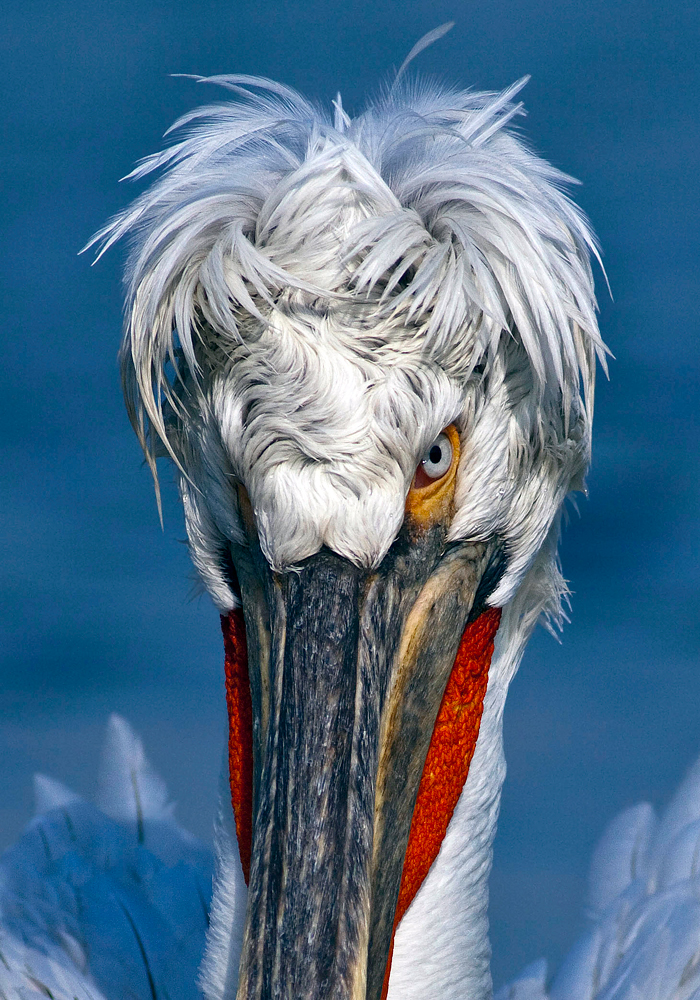 We are delighted to be donating some of the proceeds from our tours in north Greece in 2013 to the following local conservation project (All text and images courtesy of Birdwing).
We are delighted to be donating some of the proceeds from our tours in north Greece in 2013 to the following local conservation project (All text and images courtesy of Birdwing).

A two-phase project, put forward by Birdwing, has been approved by the board of the National Park of the Evros Delta to encourage breeding of Dalmatian Pelicans (Pelicanus crispus). The project, to be funded by Birdwing, is only possible due to donations.
Until 1962 there were 40-50 pairs of Dalmatian Pelicans nesting at the Evros Delta but this colony was destroyed by local fishermen. There have been no reports of breeding since.
The species is classed as Vulnerable in both the Greek and IUCN red list categorisations. Indeed the world population is only around 14 000. Dalmatian Pelicans are present almost all year at the Evros Delta and it is hoped that by altering habitat and providing nesting materials for them (Phase 1) or, if necessary, building a nesting platform similar to that at Lake Kerkini (Phase 2) breeding may be re-established.
The project will begin this autumn and is scheduled to run until June 2014.
A suitable island in Drana lagoon has been identified as it is relatively free from disturbance and the area is no longer used as a fishery. This location is close to a winter roost site that the Dalmatian Pelicans use and it is hoped will be a good potential breeding site. Currently the island is covered with dense vegetation and work in Phase 1 will be done to clear an area of the vegetation for the nest site.
Summary of project phases
Phase One is to determine whether an area or areas within Drana Lagoon is suitable for breeding and to:
- clear part of an existing island
- provide reed material
- monitor the interest shown by the pelicans towards this location
- evaluate whether a platform could be built and used with greater success
Phase Two is to implement and build a platform. This will be enacted:
- if interest is shown in the breeding site
- if breeding is attempted without success
- if, following evaluation, it is determined that a platform would improve the likelihood of success
Project timetable
Phase One Timescale: May 2012 – June 2013
| Date | Action |
|---|---|
| May 2012 | Evaluate and choose suitable site for Phase One |
| November/December 2012 | Clear area of vegetation (approximately 6m x 6m) |
| December 2012 | Cut reeds from another area of the delta and transport reeds to island A and cover the cleared area with them |
| January to June 2013 | Monitoring breeding interest |
Phase Two Timescale: Autumn 2013 – Summer 2014
| Date | Action |
|---|---|
| Autumn 2013 | Produce an evaluation report outlining how Phase Two should be enacted |
| November/December 2013 | Constructing and siting wooden platform |
| January to June 2013 | Monitoring breeding interest |



